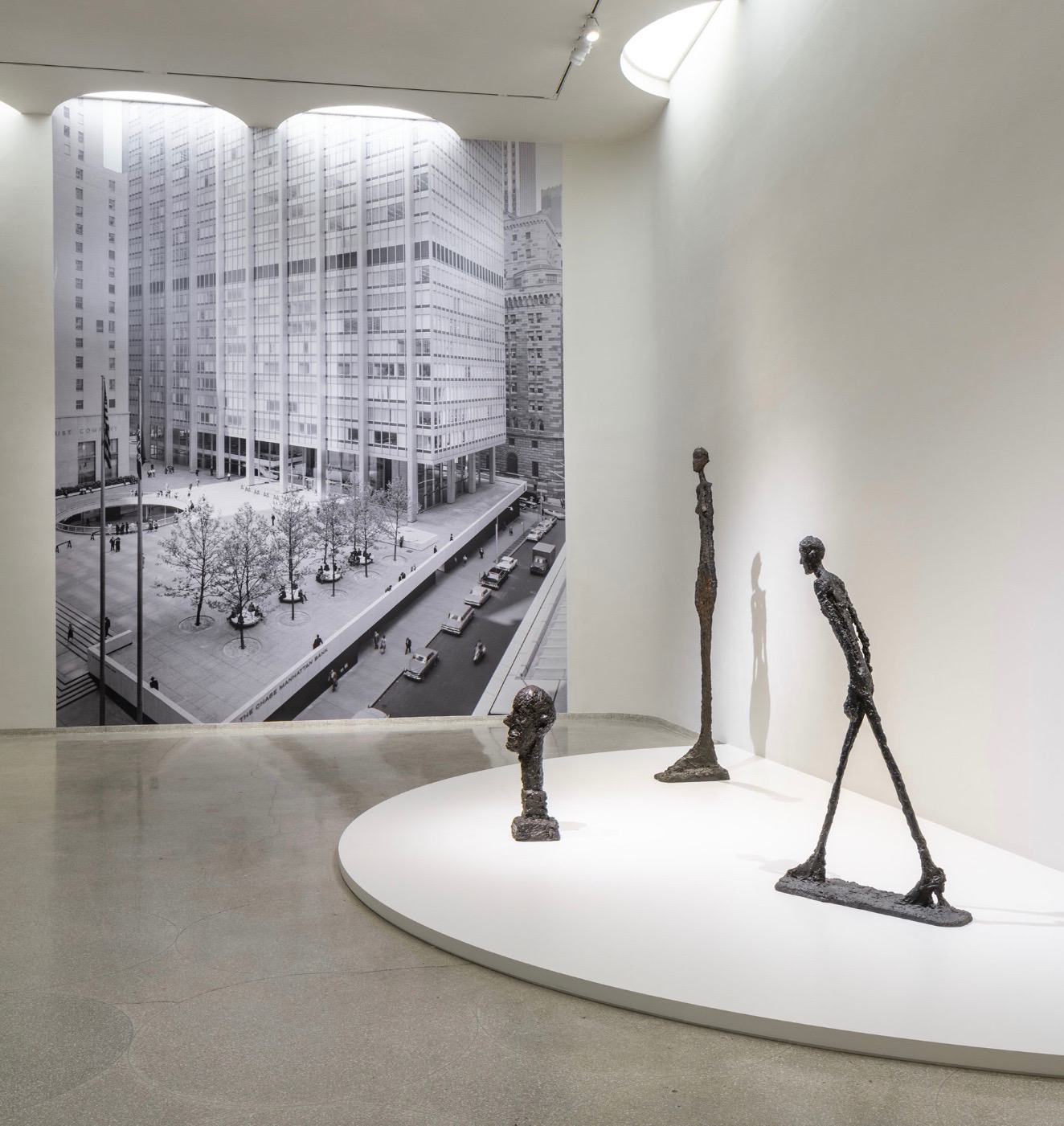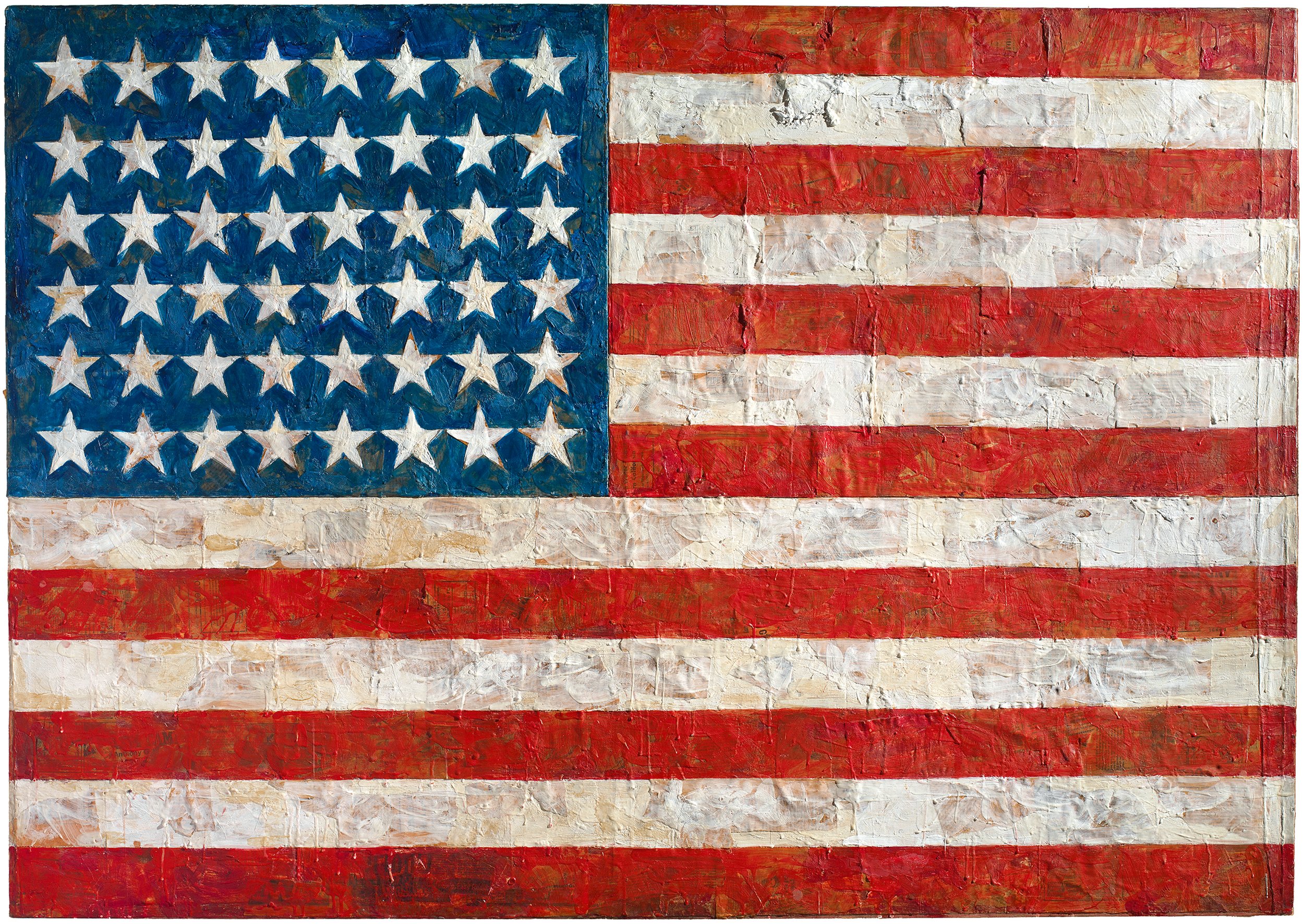The Anxiety and the Ecstasy: Peter Schenck at Freight and Volume

The Anxiety and the Ecstasy: Peter Schenck at Freight and Volume, By Daniel Gerwin
Stand up comics are always either killing or dying, and the characters in many of Schenck’s works are in the latter state. The paintings of men standing haplessly on stage with a microphone (Summer Mistakes, Extreme Measures, On the Floor, Performance Artist) evoke the nightmare in which we dream we are on stage but completely unprepared, if not butt naked. Like all good comedians, Schenck takes his social and sexual anxiety and turns it into material. His paintings are visual cacophonies of body parts, panicked faces, and the accoutrement of the painting studio. Picasso, whom Schenck clearly admires, similarly infused his images with psychosexual anxiety, but unlike the self-serious Spanish master, Schenck is able to look in the mirror and chuckle.
Schenck has nicked cubism from Picasso’s oeuvre, turning it into his own spatial language, deployed to generate dizzyingly congested fields with planes folding like origami paper to pack figures and objects tightly into their chaotic surroundings. He also draws from Rembrandt (to whom he pays explicit homage in Rembrandt Woman), particularly in the use of a shaft of light originating in an upper corner and moving diagonally down through the rectangle, as in Down In The Cellar, On The Floor, Conflict Resolution, and In The Studio. Where Rembrandt made do with earth tones, Schenck’s color is vibrant, wild, saturated to the point of overheating, and rather brilliant in its balancing of hues, temperatures, shapes, and color quantities. The paintings have a remarkable coherence for their dizzying juxtapostion of so many small chromatic passages.
Two works, Blue Skies Ahead and Good Intentions open up a different set of possibilities. Typically, Schenck represents an entire figure, however distorted and fragmented into disparate parts, or a still life with a number of discrete elements. In these two paintings, Schenck takes a different tack, presenting an array of image fragments within a grid of similarly hued rectangles. In their lively energy and colorful glow, they bring to mind the stacked televisions of Nam June Paik, flickering separately to create a dynamic whole.
Freud linked the loss of the eyes to castration (Oedipus puts out his eyes when he realizes he has killed his father and married his mother), and disembodied eyeballs float around nearly all of Schenck’s paintings, along with splashes of blood and sharp knives. In this context the female bodies that partially appear, or are represented only by a circular breast, suggest less the possessing male gaze than a gaze that takes furtive, fragmentary looks.
The artists most obviously in Schenck’s pantheon are Picasso, Rembrandt, Philip Guston, and Peter Saul. Their patriarchal power is noteworthy in the context the Oedipal eyeballs repeated from one painting to the next; Schenck’s work manifests the anxiety of influence, but the ecstasy as well. The fear of painting in the wake of such magnificent and terrible fathers is palpable, but no less so is Schenck’s obvious delight in adapting their discoveries to his own purposes. His works demonstrate his mastery over his idiosyncratic cartoonish language, his personal world of symbols, and his palette, which is all his own. Schenck has arrived at a place in his artistry where he gets the last laugh.
Daniel Gerwin
SUMMER MISTAKES
EXTREME MEASURES
ON THE FLOOR
DOWN IN THE CELLAR








